Winter Dreams, Summer Gardens - Please Comment
Danell Hiltz
13 years ago
Related Stories

GARDENING GUIDESGreat Design Plant: Snowberry Pleases Year-Round
Bright spring foliage, pretty summer flowers, white berries in winter ... Symphoricarpos albus is a sight to behold in every season
Full Story
SUMMER GARDENINGHouzz Call: Please Show Us Your Summer Garden!
Share pictures of your home and yard this summer — we’d love to feature them in an upcoming story
Full Story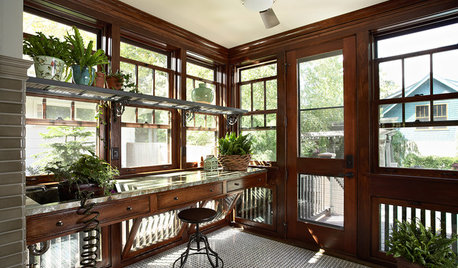
WINTER GARDENINGWinter Gardening: Ideas for a Dream Potting Room
Check out potting rooms that get indoor gardening right — and learn tips for creating your own
Full Story
GARDENING GUIDESGreat Design Plant: Ceanothus Pleases With Nectar and Fragrant Blooms
West Coast natives: The blue flowers of drought-tolerant ceanothus draw the eye and help support local wildlife too
Full Story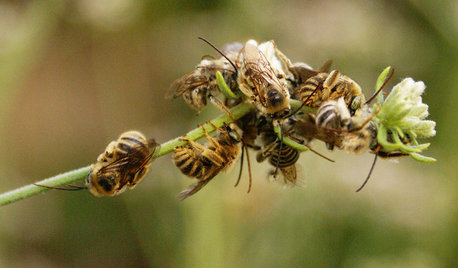
GARDENING GUIDESGreat Design Plant: California Buckwheat Pleases Pollinators
Beneficial insects go wild for this drought-tolerant plant’s summer flowers, while seed heads feed critters foraging in the cold
Full Story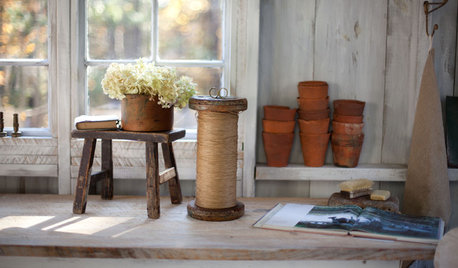
LIFE8 Wonderful Winter Hobbies to Nurture at Home
Make nesting at home this winter even more pleasurable by cultivating new activities and dreaming up meaningful creations
Full Story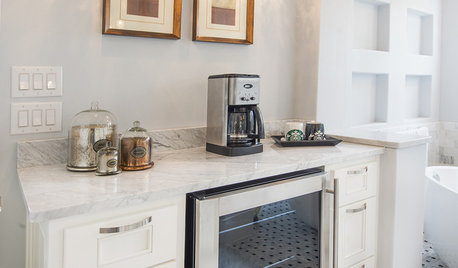
BATHROOM DESIGNUpload of the Day: A Mini Fridge in the Master Bathroom? Yes, Please!
Talk about convenience. Better yet, get it yourself after being inspired by this Texas bath
Full Story
HOME OFFICESQuiet, Please! How to Cut Noise Pollution at Home
Leaf blowers, trucks or noisy neighbors driving you berserk? These sound-reduction strategies can help you hush things up
Full Story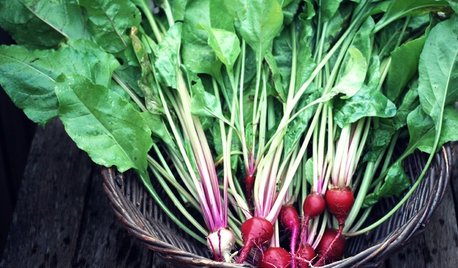
EDIBLE GARDENS8 Last-Minute Additions to a Summer Edible Garden
It’s not too late to get these vegetables and herbs planted for a bountiful harvest this year
Full Story
MOST POPULARHouzz Call: Show Us Your Winter View!
Share pictures of your home and garden in winter — whatever your climate, architecture and plantings
Full StoryMore Discussions






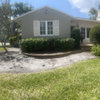
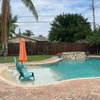


missingtheobvious
Danell HiltzOriginal Author
Related Professionals
Maple Valley Landscape Architects & Landscape Designers · Horsham Landscape Architects & Landscape Designers · Brooklyn Center Landscape Architects & Landscape Designers · Arlington Landscape Contractors · Brookfield Landscape Contractors · Fort Payne Landscape Contractors · Fort Worth Landscape Contractors · Raleigh Landscape Contractors · Thonotosassa Landscape Contractors · Hawaiian Gardens Landscape Contractors · Bainbridge Island Decks, Patios & Outdoor Enclosures · Crystal Lake Decks, Patios & Outdoor Enclosures · Lauderdale Lakes Decks, Patios & Outdoor Enclosures · Medford Decks, Patios & Outdoor Enclosures · San Jose Decks, Patios & Outdoor Enclosuresgardengal48 (PNW Z8/9)
missingtheobvious
Danell HiltzOriginal Author
gardengal48 (PNW Z8/9)
Embothrium
Danell HiltzOriginal Author